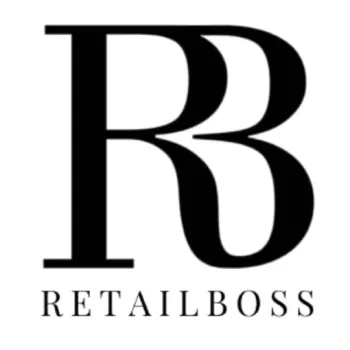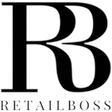Maintaining consistent and fair pricing is crucial when competition is fierce and consumer expectations are higher than ever. One way to achieve this is through the Recommended Retail Price (RRP). But what exactly is RRP, and why should it matter to store owners and retailers?
What is RRP?
The Recommended Retail Price (RRP) is the manufacturer-suggested price at which retailers should sell a product. Far from being a random figure, the RRP is meticulously calculated to reflect production costs, desired profit margins, and market conditions. It serves as a pricing benchmark, ensuring consistency and helping to maintain the brand’s image across various sales channels.
The Formula to Calculate RRP
RRP = (Producer Margin% x Unit Cost x Quantity per package) + Retailer product margin.
The Importance of RRP
The significance of RRP in retail cannot be overstated. It provides several key advantages:
- Ensures Consistency: A consistent pricing strategy maintains brand integrity across various sales channels.
- Boosts Customer Trust: Fair and predictable pricing fosters loyal customer relationships.
- Ensures Profitability: Helps both manufacturers and retailers meet desired profit margins.
How to Determine Recommended Retail Price (RRP)
Determining the Recommended Retail Price (RRP) for your products is crucial for maintaining uniformity, ensuring profitability, and building customer trust. Here’s a straightforward plan to help you set your RRP effectively.
Step-by-Step Guide to Setting RRP
1. Calculate Production Costs
Start by understanding all costs associated with producing your product. This includes raw materials, labor, manufacturing, shipping, and any additional overheads.
2. Factor in Desired Profit Margin
Decide on the profit margin you’d like to achieve. This is essential for covering business expenses and ensuring sustainability. Typically, brands aim for a margin that reflects the value and uniqueness of their product.
3. Include Retailer Markup
Retailers will add their markup to the product to cover their costs and profit. Research common markup percentages in your industry to determine an appropriate figure. Markups from retailers often range between 30% to 50%.
4. Calculate Your RRP
Using the gathered data, apply the following formula to determine the RRP:
RRP = (Producer Margin% x Unit Cost x Quantity per package) + Retailer product margin.
RRP Example
- Determine Unit Cost: The cost of producing a premium artisan candle is $5.
- Set Desired Producer Margin: Assume the desired producer margin is 30%.
- Quantity per Package: Suppose each package contains 4 candles.
- Retailer Product Margin: Assume the retailer adds a margin of $10 per package.
Here’s how you can calculate it:
- Producer Margin% = 30% or 0.30
- Unit Cost = $5
- Quantity per Package = 4 candles
- Retailer Product Margin = $10
RRP= (0.30 x $5 x 4) + 10
= (0.30 x 20) + 10
= 6 + 10
=16
So, the Recommended Retail Price: $16
What’s Next
With a strong grasp of RRP, retailers can craft effective pricing strategies that enhance profitability while ensuring consumer trust and satisfaction. As the market evolves, leveraging RRP with modern pricing tactics can provide a significant competitive edge.

















